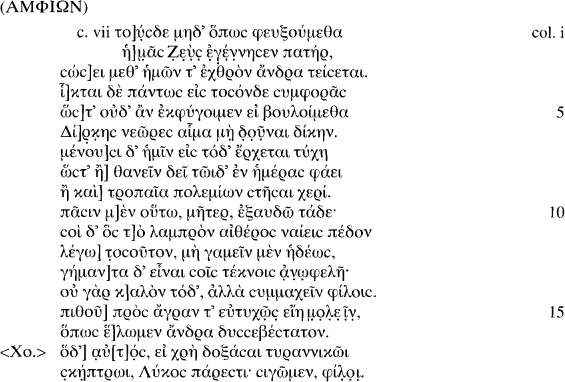Whoever fights monsters should see to it that in the process he does not become a monster.
Nietzsche, Beyond Good and Evil
Statius' Thebaid is a rarity. More of the surviving Latin epics of the classical period are incomplete or unfinished than not: Lucan's Bellum civile, Valerius Flaccus' Argonautica, Statius' Achilleid, perhaps Silius Italicus' Punica and of course Virgil's Aeneid (although his dissatisfaction may relate to polish rather than scope: we do not know). Only Ovid's Metamorphoses and Statius' Thebaid seem complete. Yet the question of epic endings casts a fascination upon critics, especially perhaps where the ending does not exist or where there is evidence that it is not the ending planned by the author. Critics use their interpretations of the endings to inscribe meaning in the preceding text and to clinch one reading against another. The readings advanced enact different kinds of closure or refuse to see any closure at all.
It seems paradoxical that one of the few epics to survive complete has not yet received a full stint of attention devoted to its ending. In this paper, my purpose is to situate the end of the Thebaid in its literary and ideological context. This involves examining how the close of the poem interacts with earlier epic, particularly with the Aeneid. My argument is that Statius offers a supplement to, or even a critique of, the open-endedness of the Aeneid in the form of a triptych of resounding endings. I shall then suggest that there are other elements in Statius' closural strategy which are highlighted by a consideration of his Romanisation of his Greek material.

